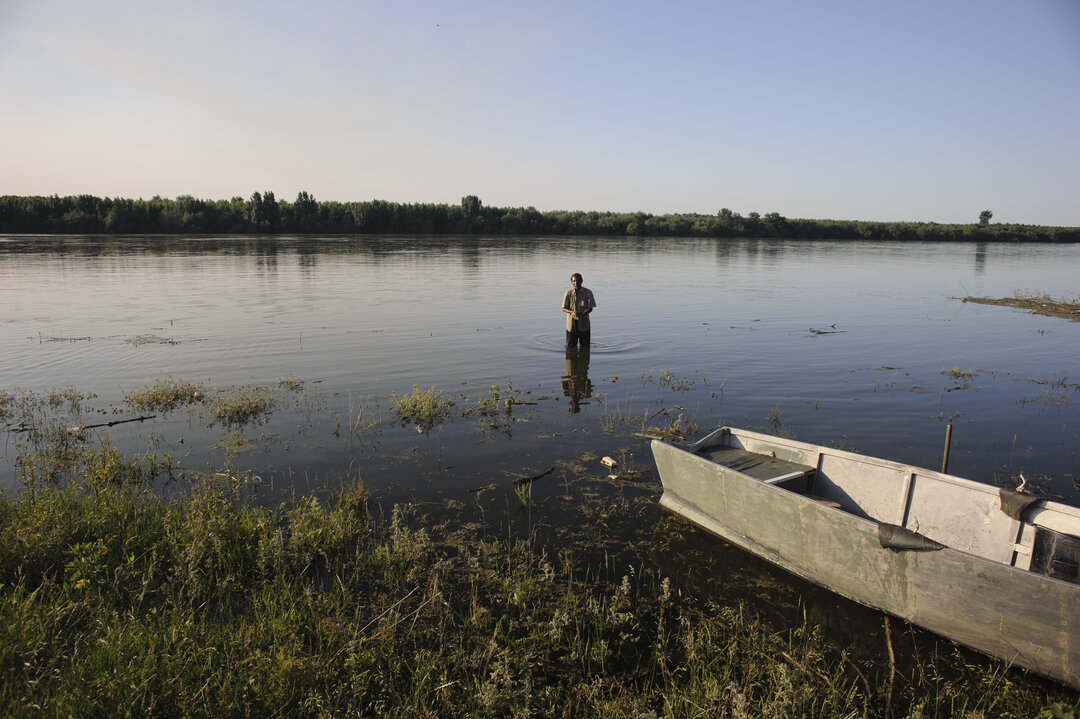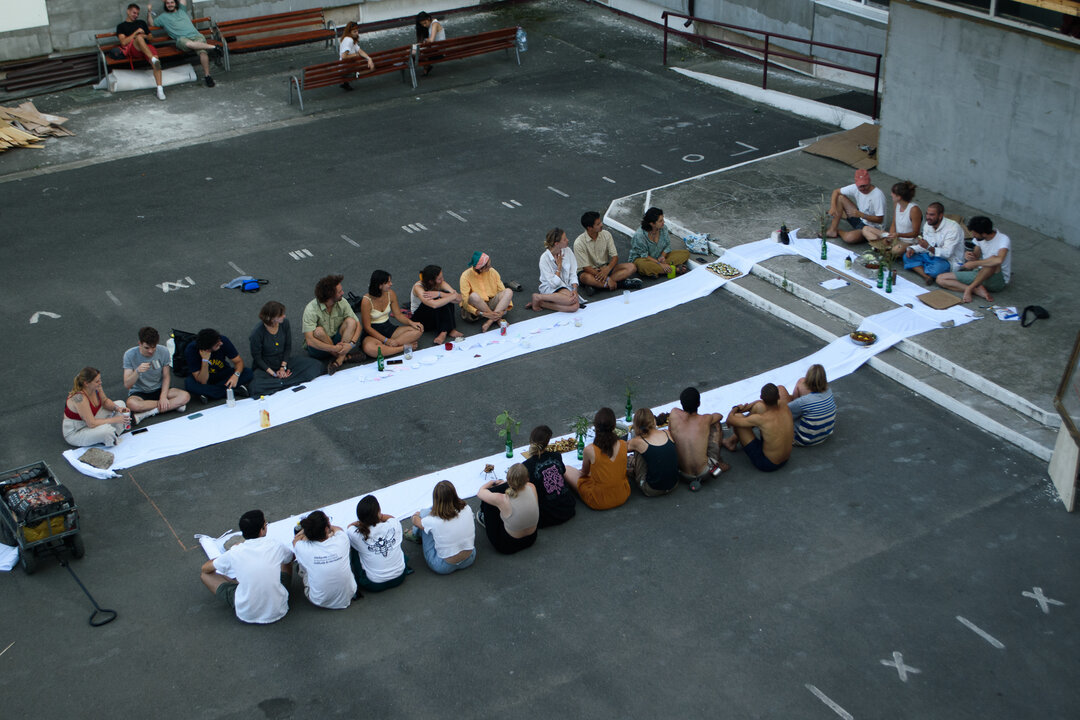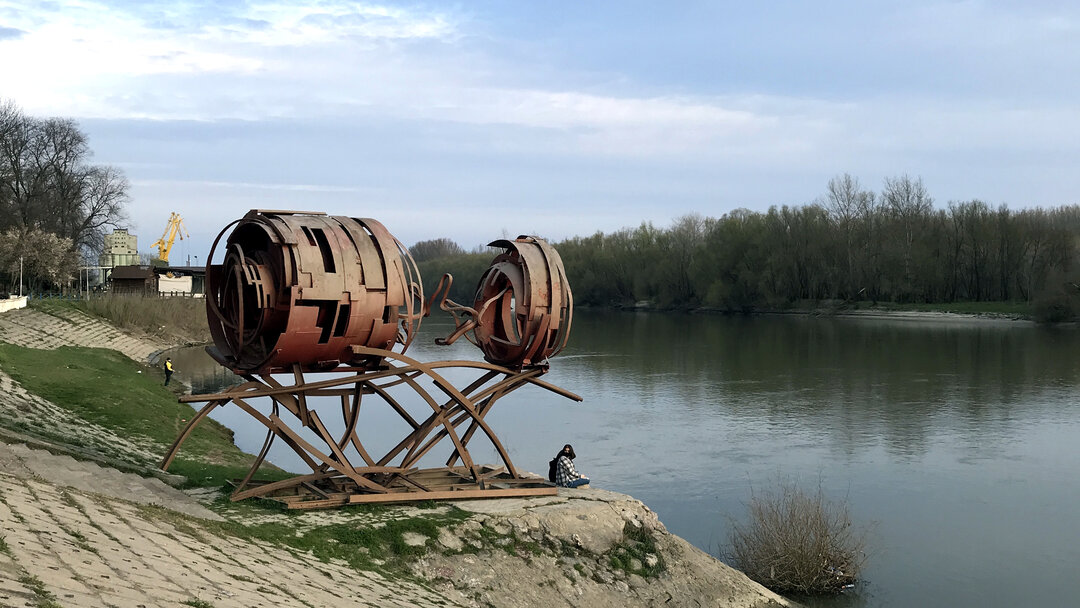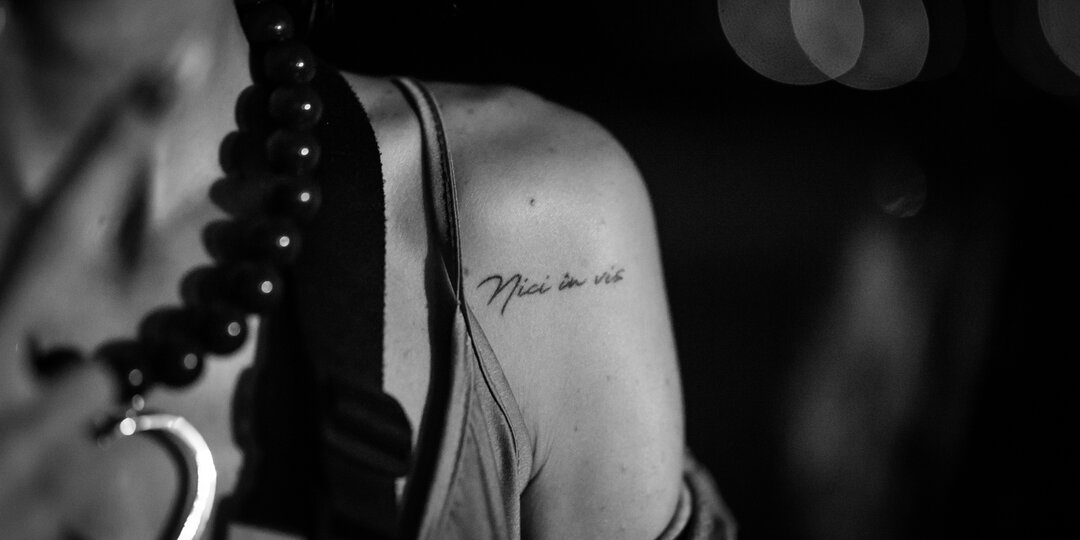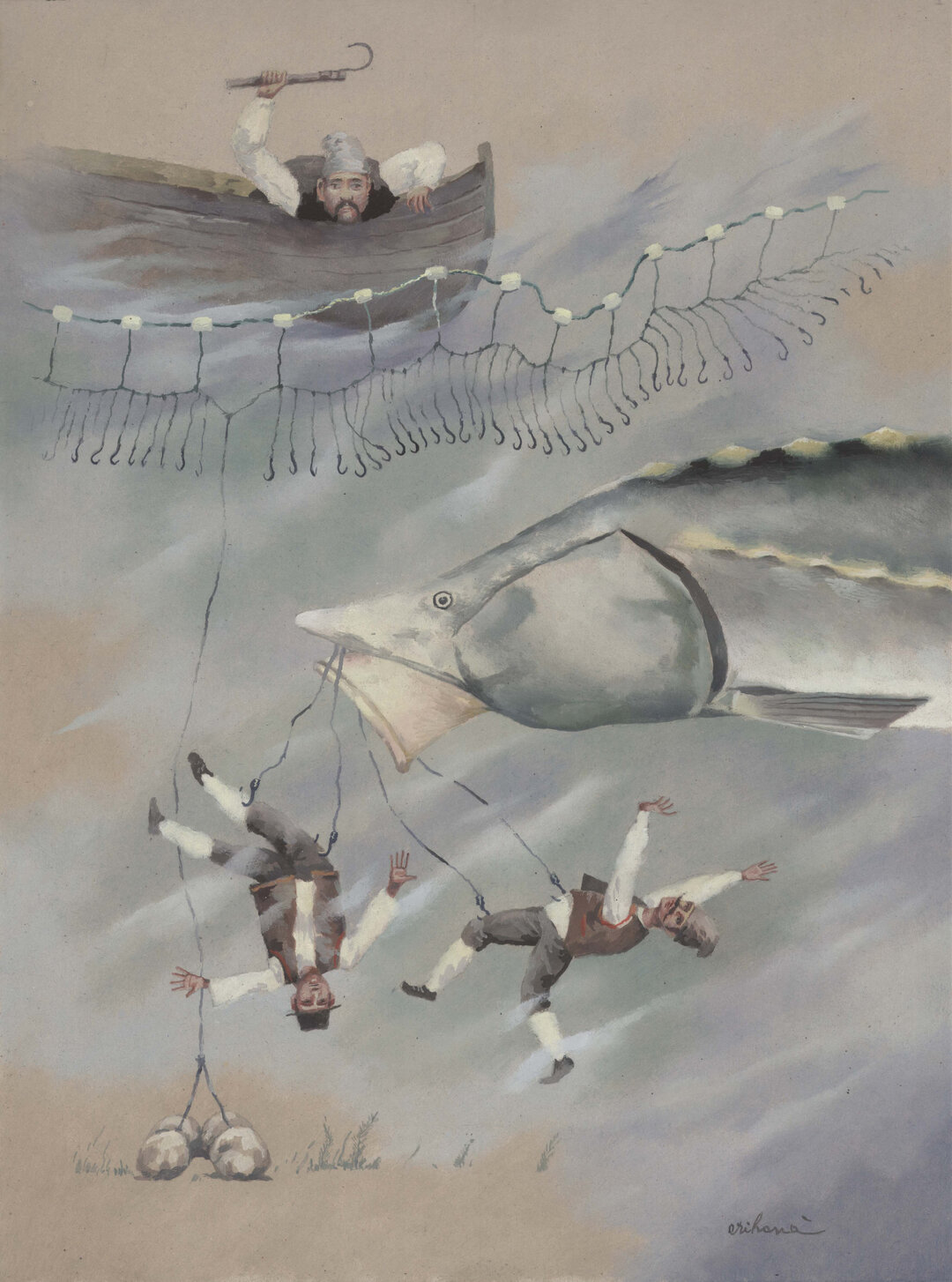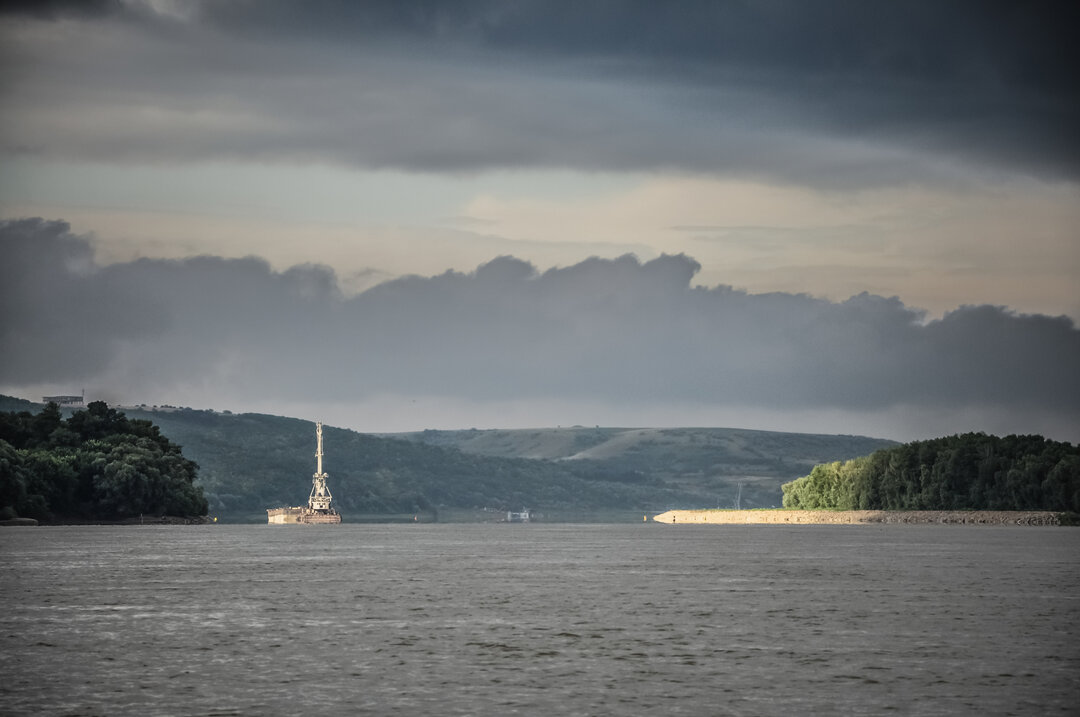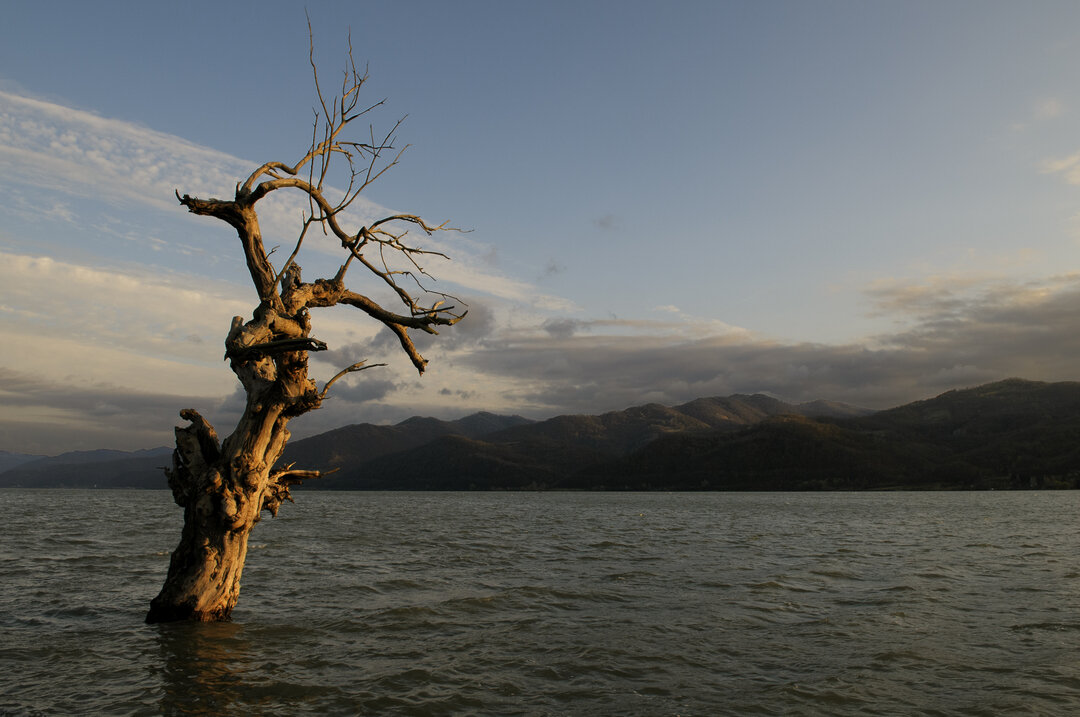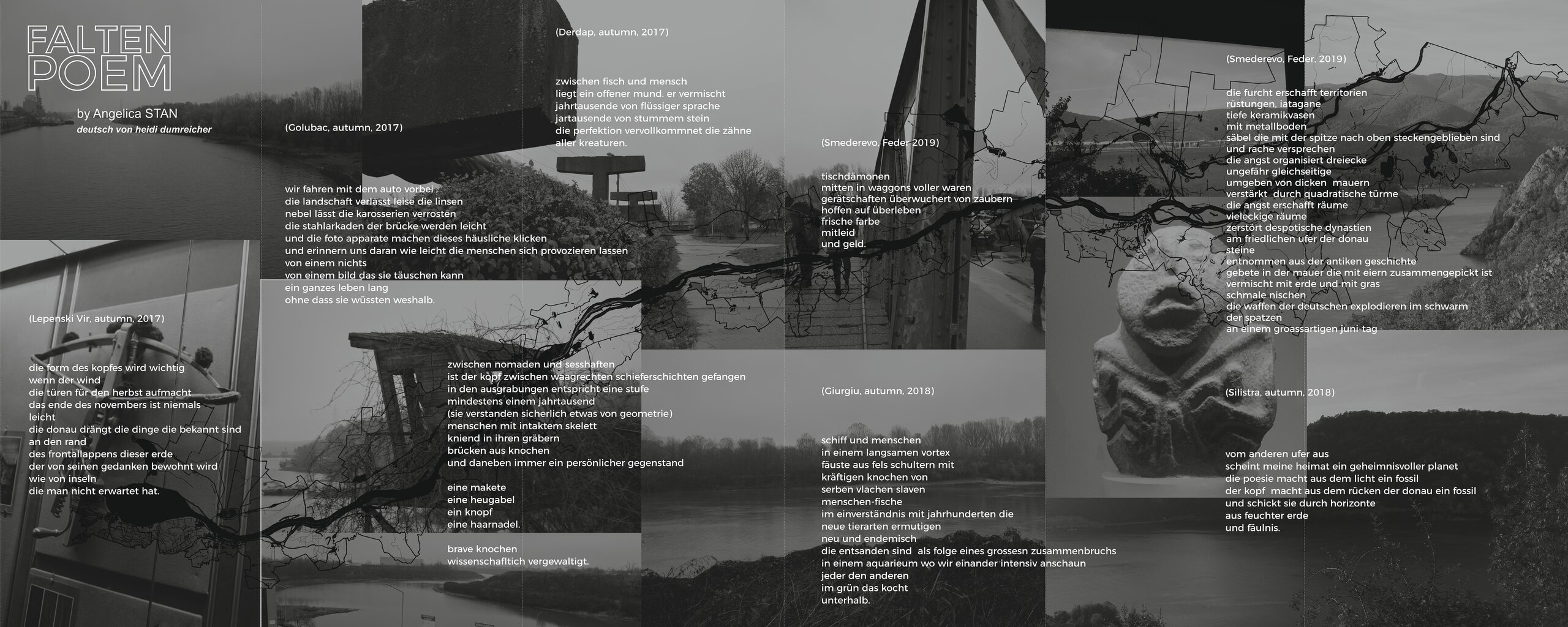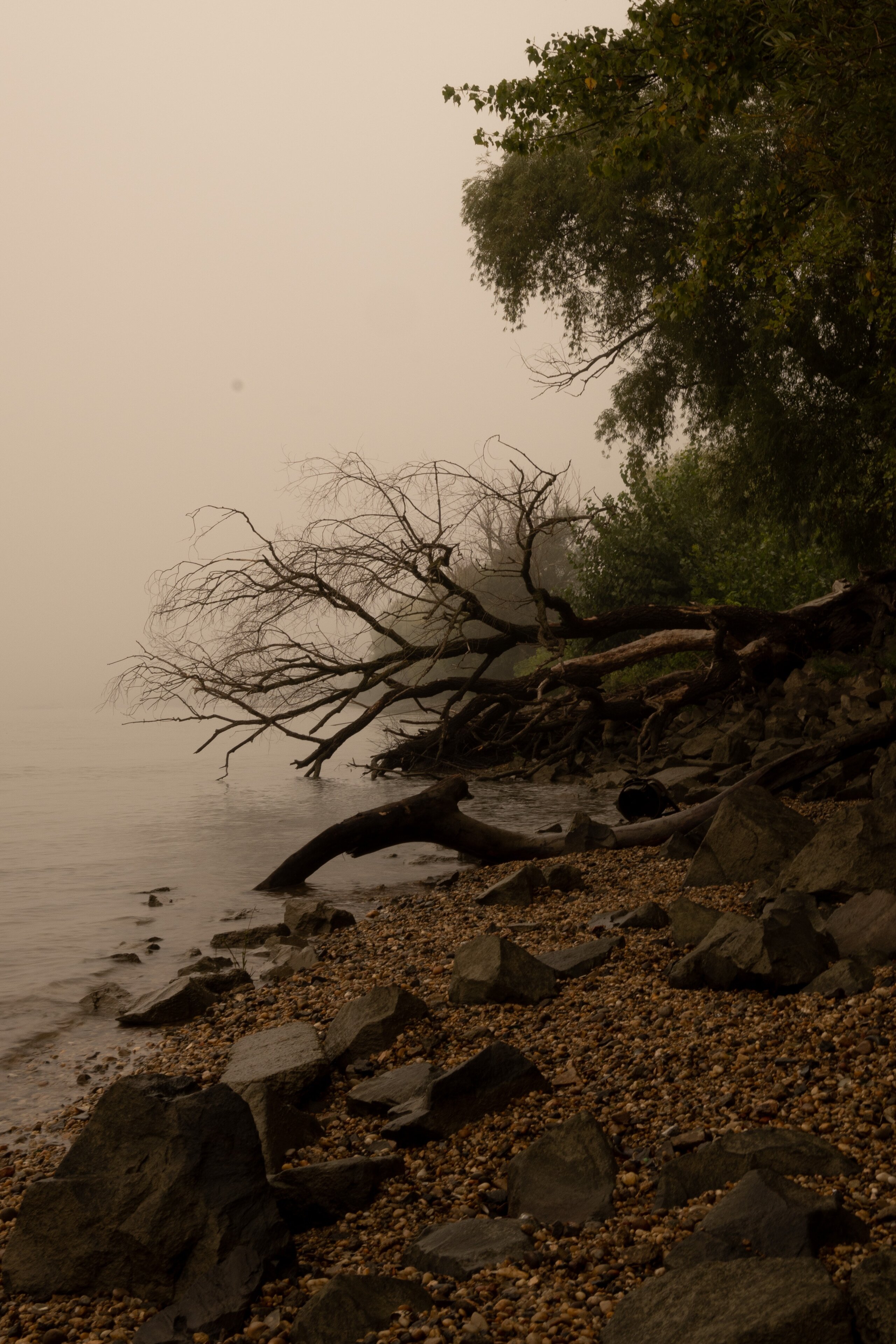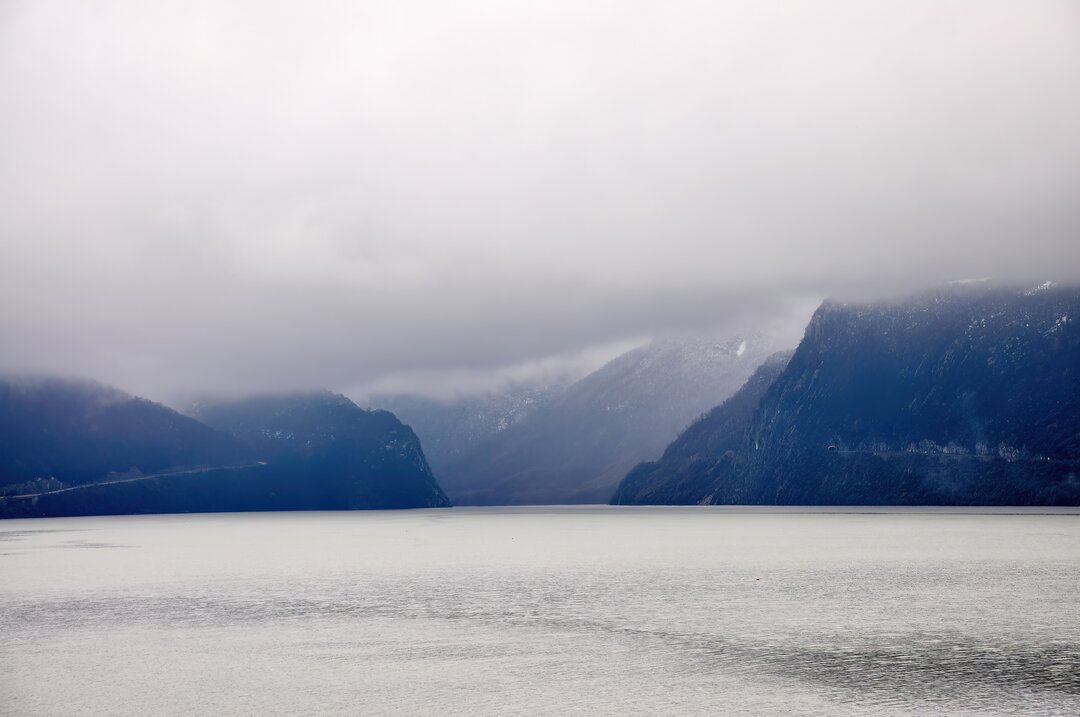
The Traveling Poem
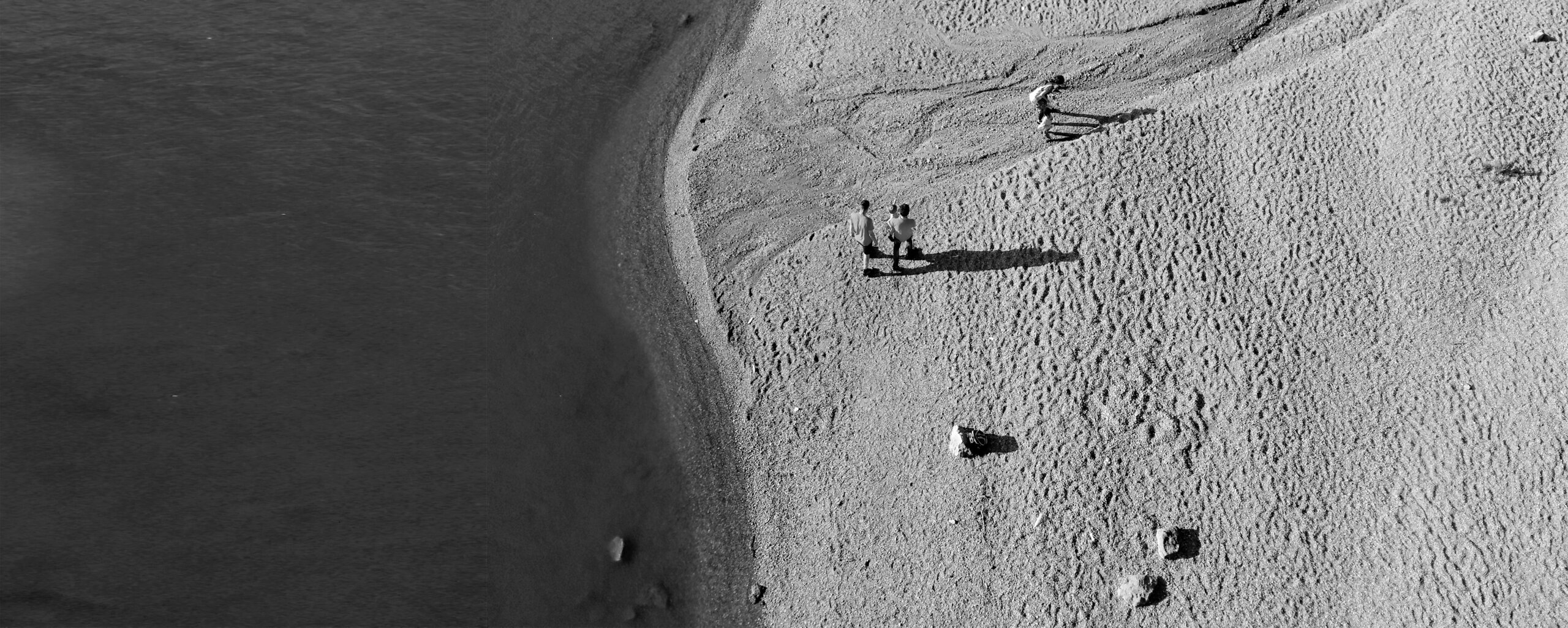
A tool for affective mapping of the Danube
The idea of the traveler-poem emerged on the Danube, literally, during a journey undertaken as part of the DANUrB project, which in 2017 led me to visit a series of places, both well-known and lesser known, in various small and very small towns located on the banks of the Danube. What subsequently became a personal experiment of "existential honesty" and at the same time, professional, began from a sudden discovery that the Danube is a space of unconsumed affectivity, triggering a collision between the personal memory of the Danube and the reality of "others", of the "other" places I happened to travel to, foreign and yet extremely familiar.
*Tulcea. 138,2 cm
each with its underground river
until the mountain border
each with his stump
a rocking
nails digging into rotten wood
something
that only you believe in
and can't be shown with your hand
and can't be described in words
can't be drawn
cannot be smelled
it cannot be spit
cannot be torn
cannot be put
questioned
and cannot be crucified
on a cross.
The experiment ran practically throughout the two projects DANUBIAN_SMCs1 and Erasmus+ DSMCs2 and became, at the end of 2019, a traveling object in the most practical sense of the word. A suite of poems written in the various places visited generated an objectualized poem, an oversized leporello, a horizontal ladder crossing the Danube from one end of the Danube to the other, part of an installation that also contained, in addition to this unfolded poem translated into six distinct languages spoken in the Danube region a table engraved with the river's trajectory on which paper boats (interactively) "walked", a tuning fork where you could listen to the sounds of the Danube on headphones (the ones you can only hear if you pay close attention and spend some time on one of the Danube's cliffs), projects by the students in our team and photographs.
The Danube Region raises, from the outset, a question of identity, all the more so as it is obvious that it possesses as many identities as there are communities inhabiting it. The idea of the above-mentioned projects was to (re)discover and promote a brand of the Danube that would synthesize and highlight, under a single brand, the Danube as a river-matrix of Europe, bearer of cultural and urban values, sustainable in a historical sense. From this search with thousands of possible answers, finding values ignored, abandoned, denied at every turn, I came to the question of whether the identity of the Danube is not linked first and foremost to a mark of affectivity: ours, as visitors who glimpse something that for others does not exist, but also that of the local people, who carry with them that "intimate immensity"3, an endless source of memories, some traumatic, re-memorizations, comparisons, imagination and the strength to forget and move on.
*Derdap. 188,6 cm
a fish's mouth in a man's mouth
millennia of liquid language prelins
between the same banks
fear sharpens the teeth of all living things
no matter who swallows whom
between nomad and sedentary are
horizontal shales in the excavation
a step equals an era
of invasions and barbarians
kneeling in their graves
people with intact skeletons
next to a personal object
a machete
a pitchfork
a button
a hairpin
good little bones
scientifically violated.
*Golubac. 158.2 centimeters
from the other shore
my country lets itself be seen
in the mature light
the head fossilizes the flow passes it
through horizons of damp earth
and decay
my head always above the water:
its details remain invisible to me
I cross the river
round as chance
I swim deeper
than one could dig
in his native soil.
Affectivity makes possible choices and reactions, choices and decisions - personal or collective. Without necessarily opposing reason, but working by other means, it is considered an important element of ethics, as Jonathan Flatley writes4. The lack of affectivity makes people indifferent to places, and this fact, banal at first sight but increasingly scientifically proven by studies in psychology, psychoanalysis and neuroscience, is also becoming a destructive element in spatial terms: cities in demographic contraction, such as most of those in the Lower Danube region, are unloved places, even detested by the inhabitants themselves, who are incapable of showing any positive feelings towards them. For them, the city always belongs to others, to those in power perhaps, to an abstract power that cannot be addressed, but from which they expect everything good, an attitude that blocks any participatory and transformative capacity (of course, there are exceptions, just enough to keep alive the hope that all is not lost).
I have seen physically and morally compromised spaces, whole territories abused by indifference and carelessness, I have seen polluted, mutilated and some heartbreakingly beautiful landscapes, I have seen terra-formed peripheries of unjust developments, I have seen the Danube water transporting and depositing the cities' garbage, I have seen beaches and fishermen, I have seen boats and ancient water mills, I have seen bridges, islands, I have seen dams and cemeteries, I saw suburbs cleared of all memory, I saw the remains of ruined factories reclaimed by wild vegetation, I saw metal statues and water towers, I saw fortifications from the First World War, I saw the Danube's waters at Novisad, at Belgrade5, I saw museums and town halls, dams, squares and ethnographic houses, but above all I saw people, and people, and people again. Spatiality injected with hyper-humanity, people who just survive in the places where they live and people who transform with them, who are already different, are another species in the same kingdom, in a living, dynamic dialectic, in an eco-network criss-crossed by emotions and identities, constantly generating new emotions and new identities, in a movement that is both circular and transversal, horizontal and vertical.
*Giurgiu. 133,5 cm
ships and people
in a slow vortex
fists of rock shoulders
with strong bones
frowning brows under water
in a centuries-long tension
men fish fish deities
hollowed in clay
on the boundary that encourages
endemic species
that have arisen
a great collapse
we stare intensely at each other
in the aquarium green
boiling
below.
*Silistra. 212,6 cm
tin demons trapped
inside freight cars
from the former shipyard
overrun with leeches soaked
in black oils
amnesiac disjointed pumps
still living their dream
of growth
and progress
they all ask us for mercy
fresh paint
pity
and money.
What we have seen is the very text of the Danube, Derrida's writing (for... "Îl n'y pas de hors text"6), the writing of its uninterrupted and unlimited history, a hyper-sensitive and indestructible canvas. Each place, with its name, with its little or more important history, is a point, a pin, it is inscribed in a wider network, a living map, a huge net (like a fisherman's net), which is constantly being woven, constantly being straightened, in which civilizations have developed, empires have risen and fallen, in which capitals have developed, industries have emerged and disappeared, which create both links and borders, in which seven distinct languages and countless local dialects are heard, in which there are strategies, policies, action plans, projects... but also poetry.
At the same time, it is (also) an archaeology of the connection (of love-hate, indifference, fear, madness, apathy, etc.) between people and the Danube, an attempt to find or re-construct from disparate fragments the bridge between the Danube and the meaning of its people, the meaning of those born there, among whom I include myself. Affectivity, Bachelard7 tells us, gives rise to a strong anchor in the relationship between the social and the spatial, the one that makes you, for example, seek the Danube wherever you live, to follow its patterns that have imprinted you from the beginning (sounds, smells, colors, textures), as only a riverbed can do to someone born on its banks. I looked for the Danube beyond the immediate map, in a spatio-temporal and psycho-social section: beyond the information that has already created its own trail in the mental space and replaced (or just obstructed) something I knew and forgot, something that had to be re-memorized, or something that was completely destroyed and must - lo and behold! be rebuilt.
I was in this experiment, both a native of the Danube and a heretic of it: born in Tulcea and having fled in my twenties, I have now tried to re-learn the lesson of the Danube, to re-connect to its collective imaginary, eastern and western, southern and northern, to the stories of its similar or completely different cities, to remember the Danube of my childhood and to activate in this way, an intimate layer of memory and curiosity, unfolding this longing to those around me, a different but friendly family, a community. To be that Walter Benjamin's flâneur, dissolved in the broad "scenography" of "arcades" not Parisian, but Danubian. To understand the seductive but also dangerous fluidity of this transition between apparently incommunicative environments and languages, to test Bachelard's poetics, the metaphorical water of the unconscious, the water that transports time and change, that telescopes real space into mental space and vice versa.
"Space can only be understood in its heterogeneity," says Westphal8, isotropy characterizes the movements and tensions of a space generated by an irregular, non-hierarchical, possibly subjective, asynchronous reading. "Just as white light, though uniform in appearance, can be decomposed into a spectrum of colors," writes Lefebvre, "so too space decomposes when subjected to analysis"9.
From a narrow set of representations of the Danube (basic notions and a few memories with which I set out on my journey, dots that loosely joined together to form a flat, simple representation) I saw how, as I explored, the Danube breaks into a thousand pieces, like Perec in Species ofSpaces10, I discovered that data is deceptive, that space is pixelated, fleeting and elusive, that places multiply and change their hierarchies as I travel through them. "The River, a few details" (...) is a poem-map made up of fragments "captured" then, generated by a punctual, local and time-limited impulse, written quickly on a telephone, left to imperfectly mirror a fleeting impression, transcribed and subsequently becoming a stable "testimony" of the affectivity I was trying to bring to light11. Transgressivity and indeterminacy and yet a coherent process that in the end creates a multilayered, ramified, rhizomic identity (brand?), which highlights the variability and heterogeneity of the space through which I traveled.
NOTES
1 Projects led by the Budapest University of Technology and Economics, in partnership with several universities in the Danube, including the University of Architecture and Urbanism "Ion Mincu" in Bucharest, in the period 2017- 2022.
2 Erasmus + DANUBIAN_SMCs project (Creative Danube: innovative teaching for inclusive development in small and medium-sized danubian citie), coordinated by the University of Architecture and Urbanism "Ion Mincu" of Bucharest, 2019-2022.
3 Gaston Bachelard 2005 (1960). Poetics of reverie (La poétique de la rêverie), trans. Luminița Brăileanu, Ed. Paralela 45.
4 Flatley, Jonathan (2008) Affective Mapping: Melancholia and the Politics of Modernism, Harvard Press.
5 "Danube water levels", a kind of exact time that I heard all my childhood on the radio, coming home from school: an abstract language about something incomprehensible at the time, places on a map in the ether.
6 Derrida, Jacques, 1967. "De la grammatologie. Essai sur la permanence de concepts platonicien, aristotélicien et scolastique de signe écrit", Ed. Mînuit.
7 Bachelard, Gaston, 2005 (1960). Poetica reveriei(The poetics of reverie), trans. Luminița Brăileanu, Ed. Paralela 45.
8 Westphal, Bertnard (2007) "Geocriticism. Real and Fictional Spaces", Palgrave&Macmillan.
9 Westphal, ibidem, p. 38.
10 Perec, Georges, (2008) "Species of Spaces and Other Pieces", Penguin Classics.
11 The poem "River, a few details" is included in my volume of poetry published in 2020, at the height of the pandemic - "A Woman Watching the Rain from the Eighth Floor", Literary Bookmakers Publishing House.

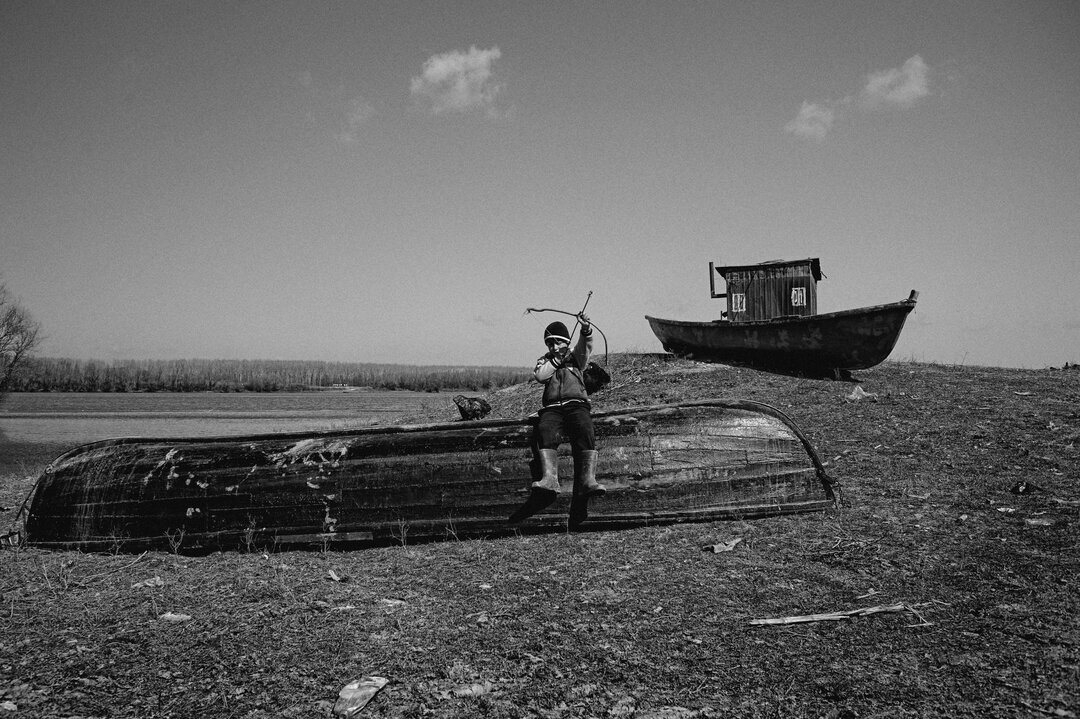
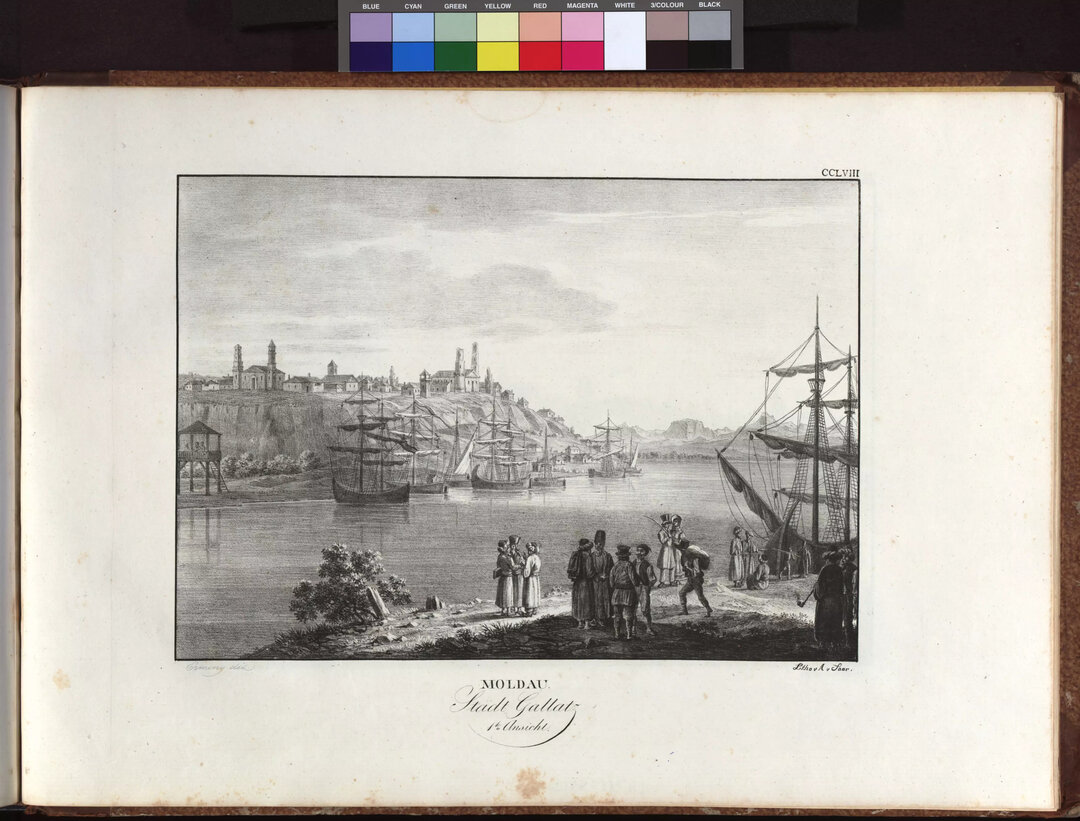
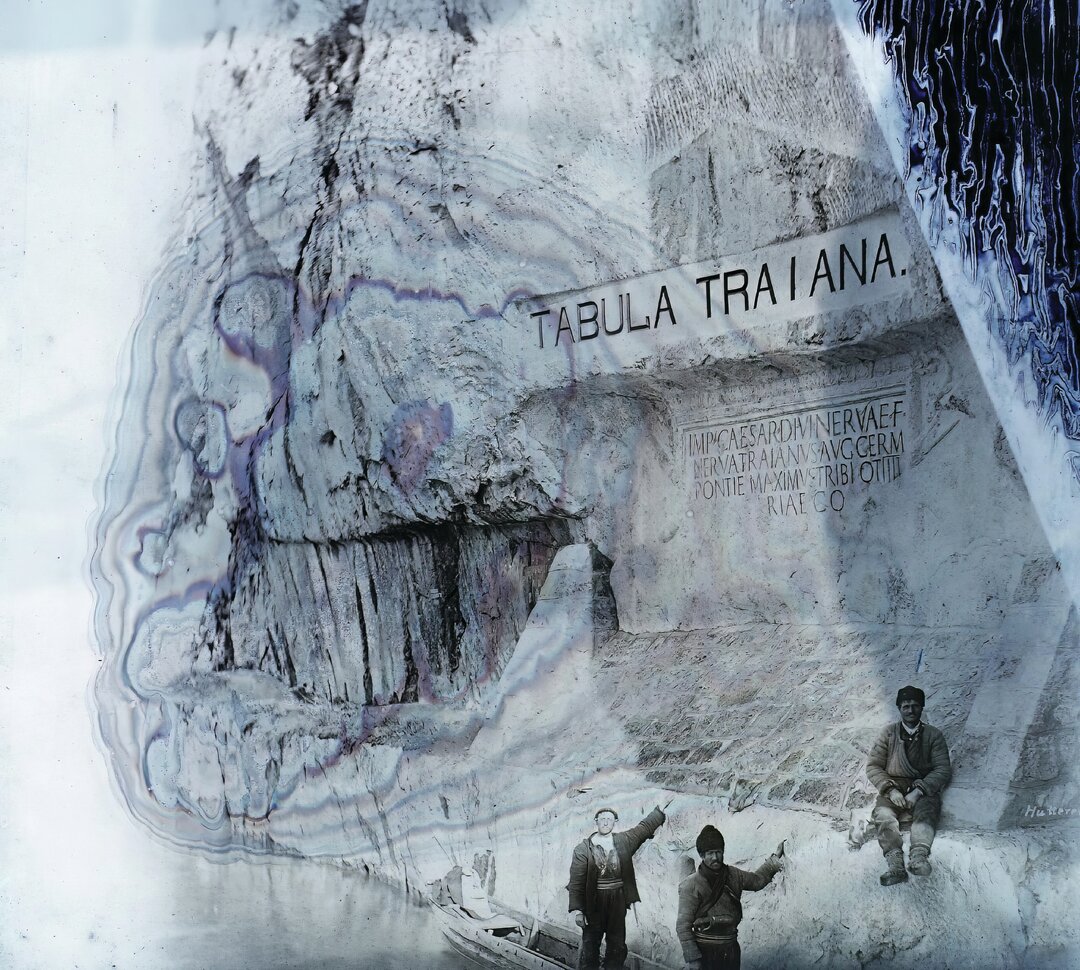

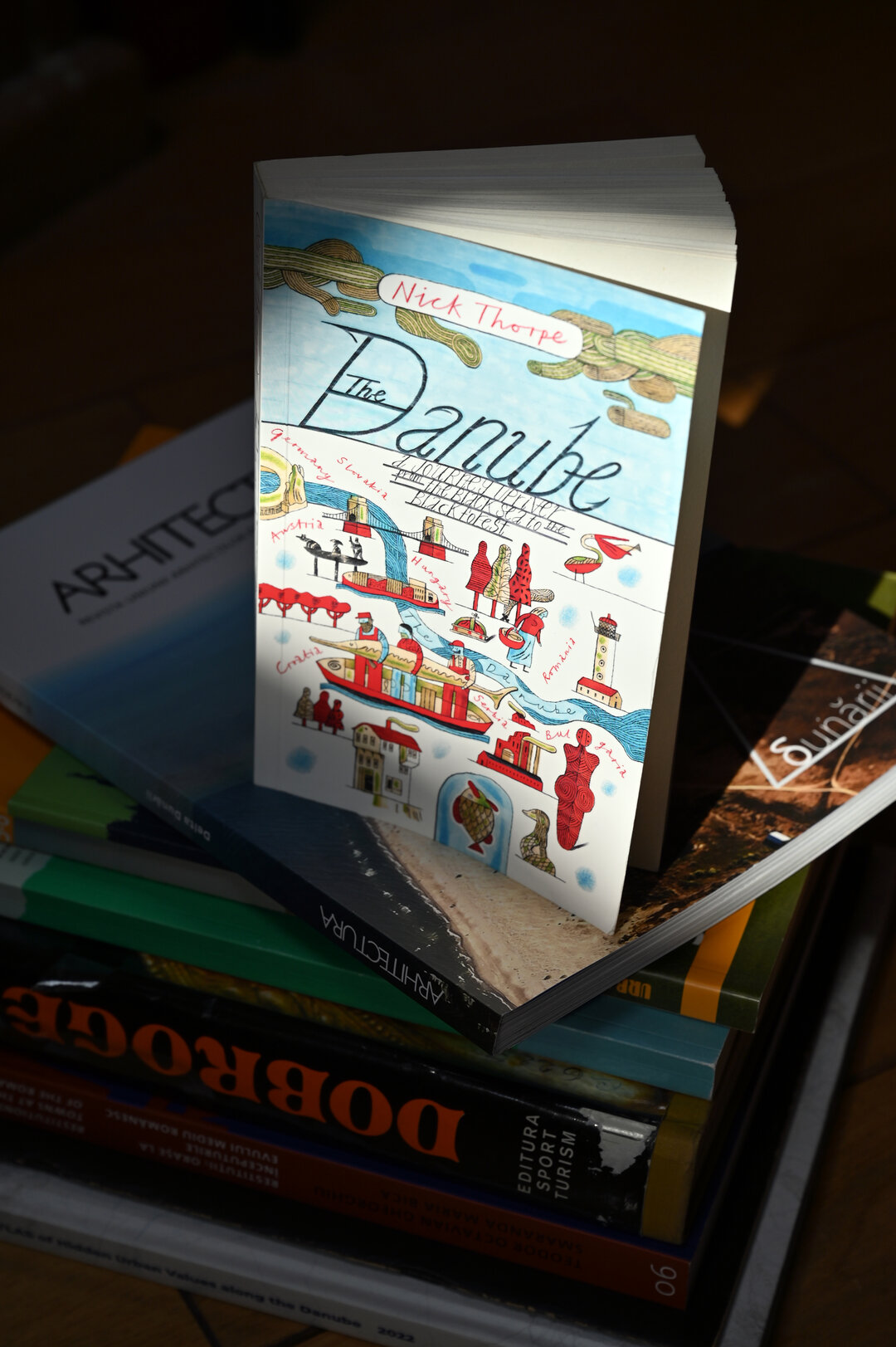


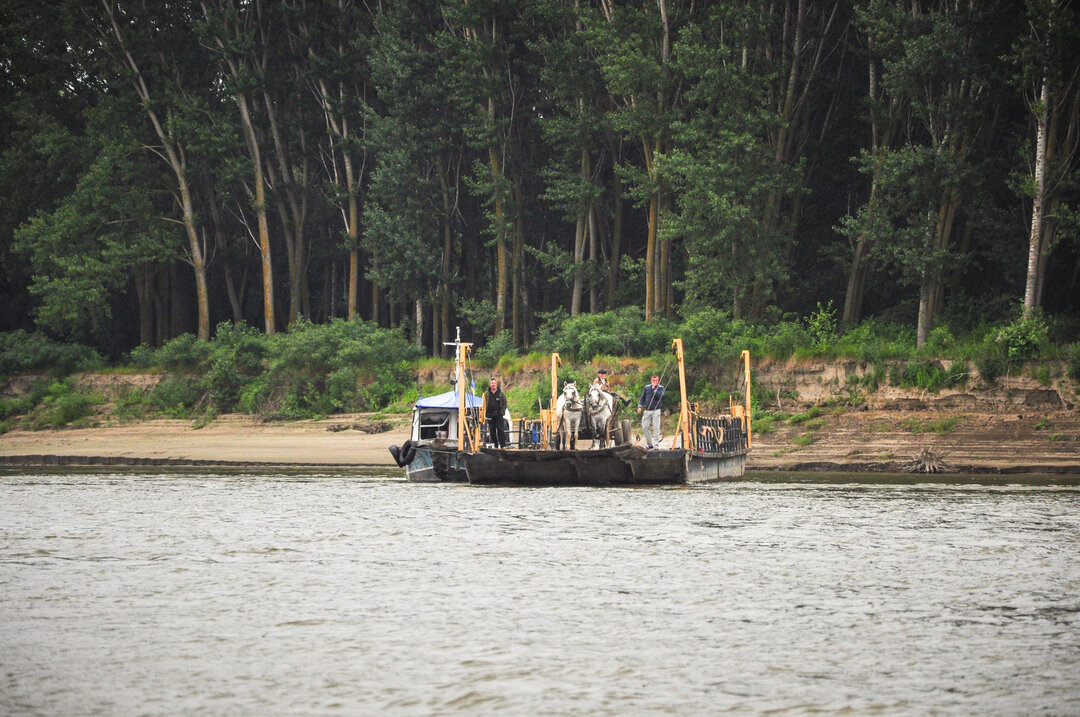

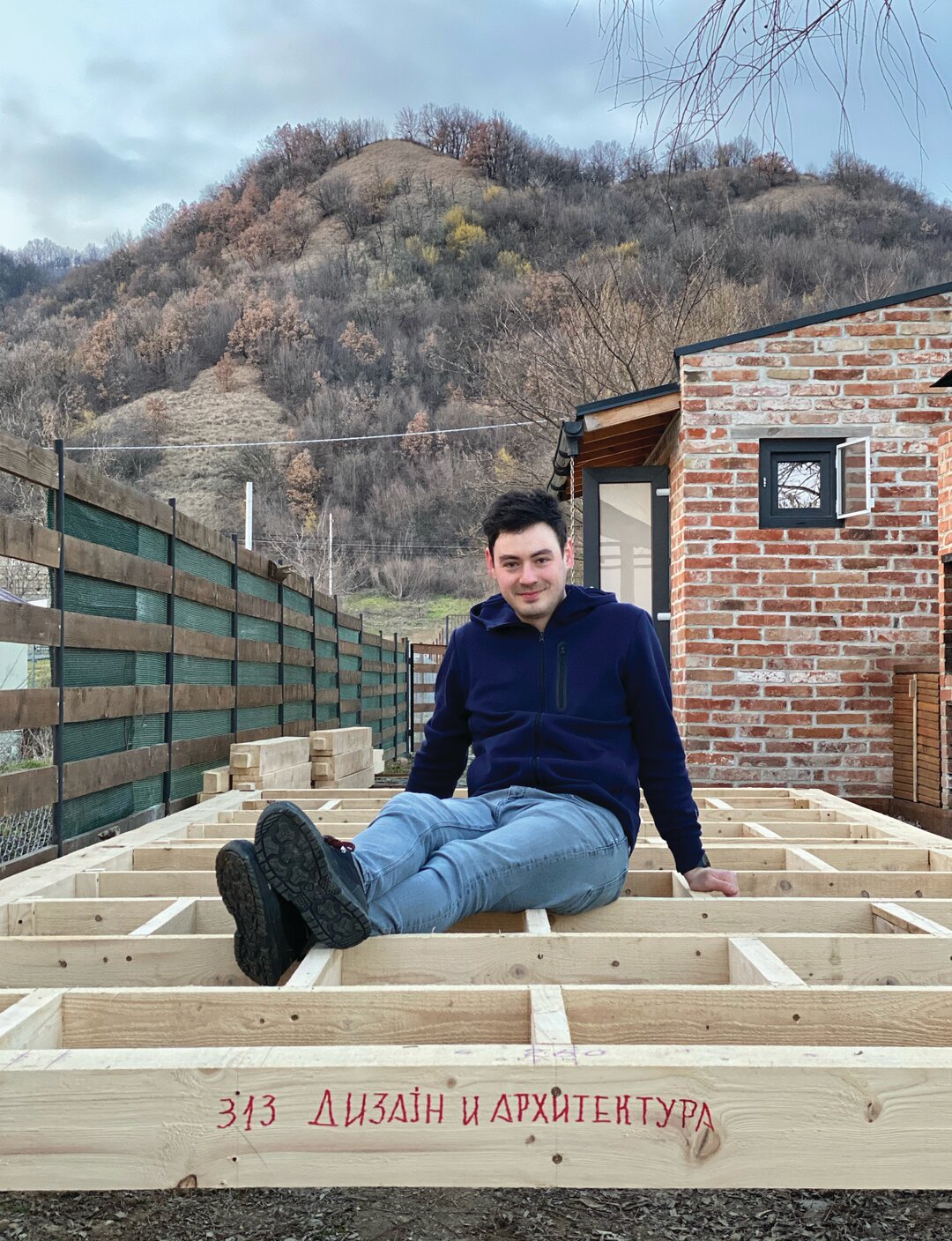

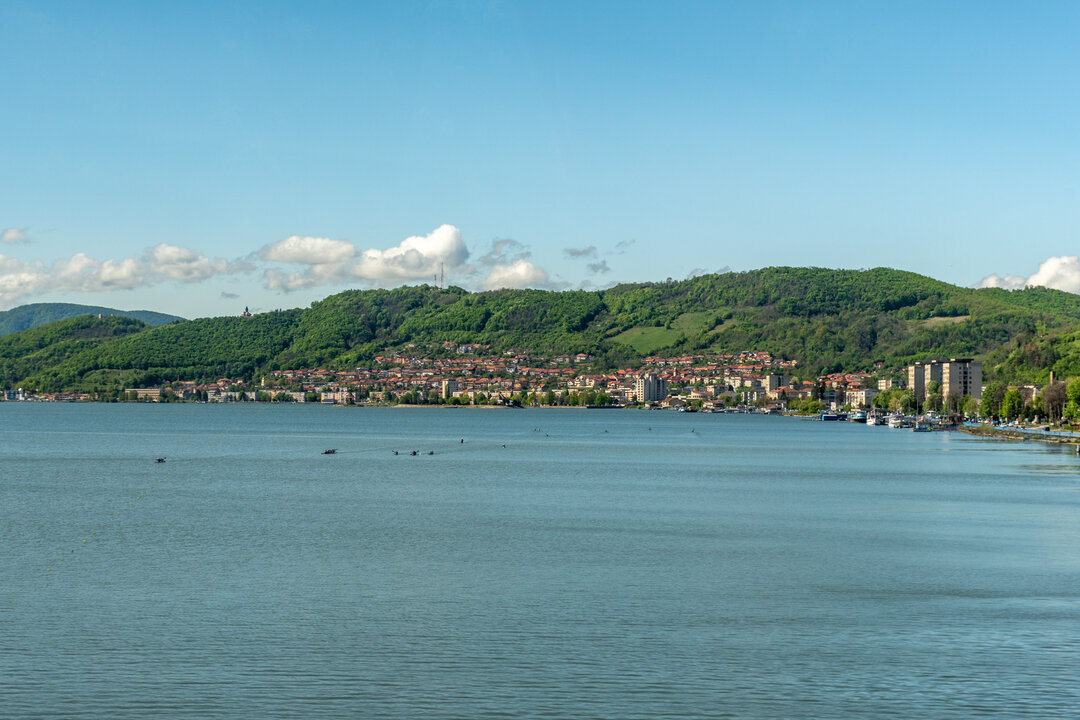
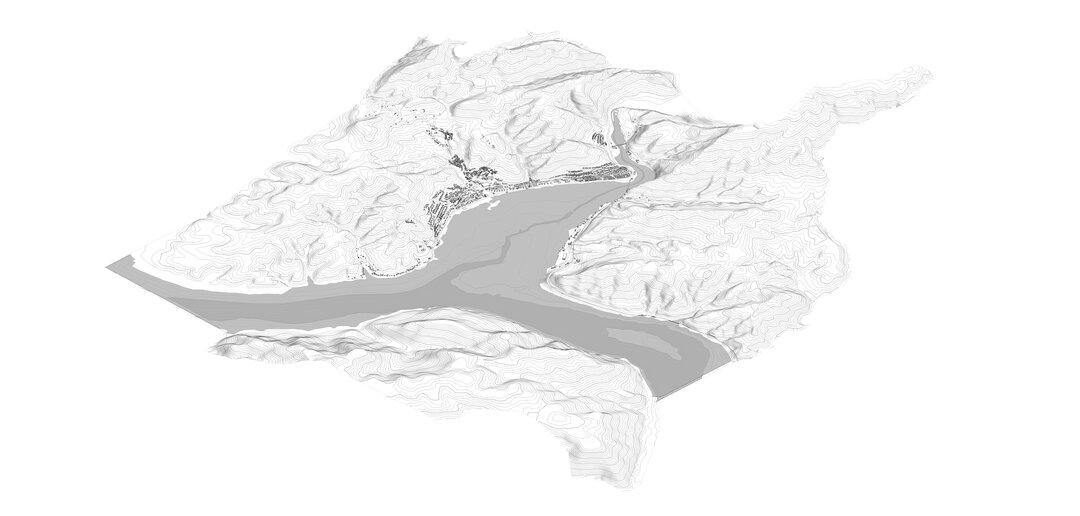




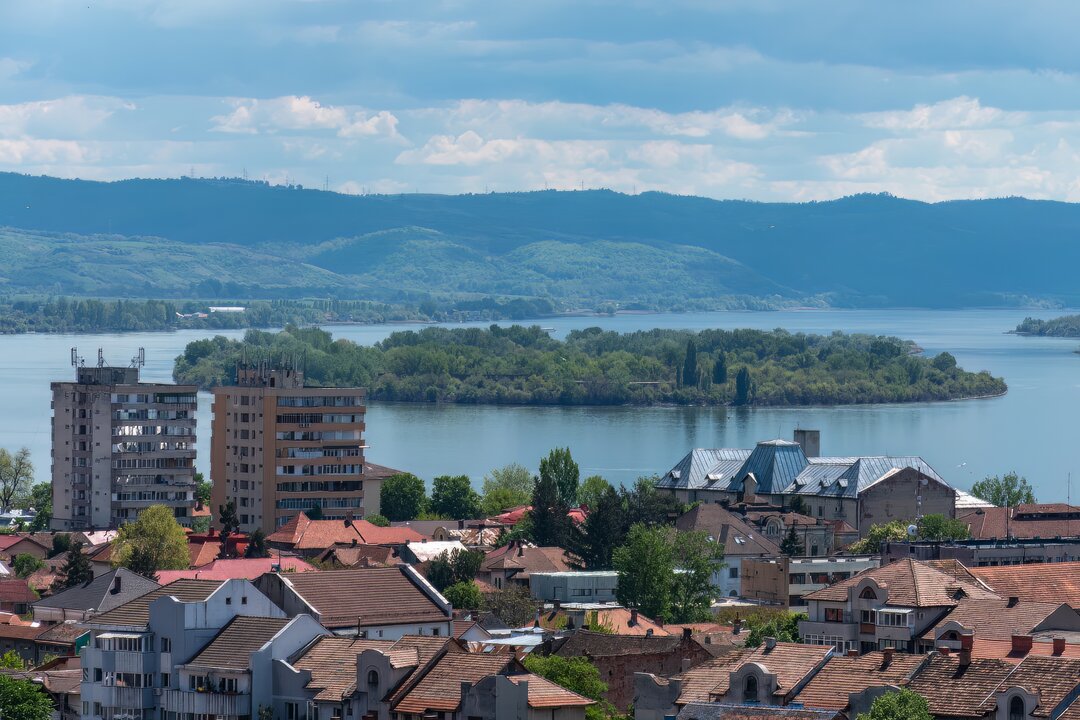
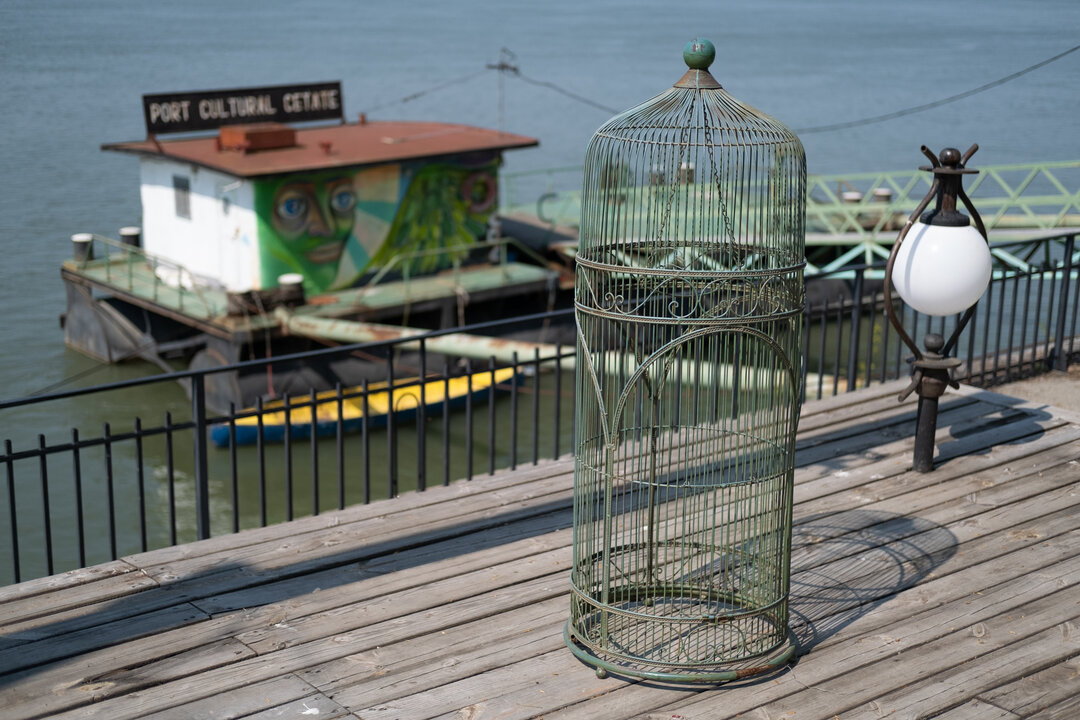
-topaz-denoise-enhance-sharpen--15883-m.jpg)
